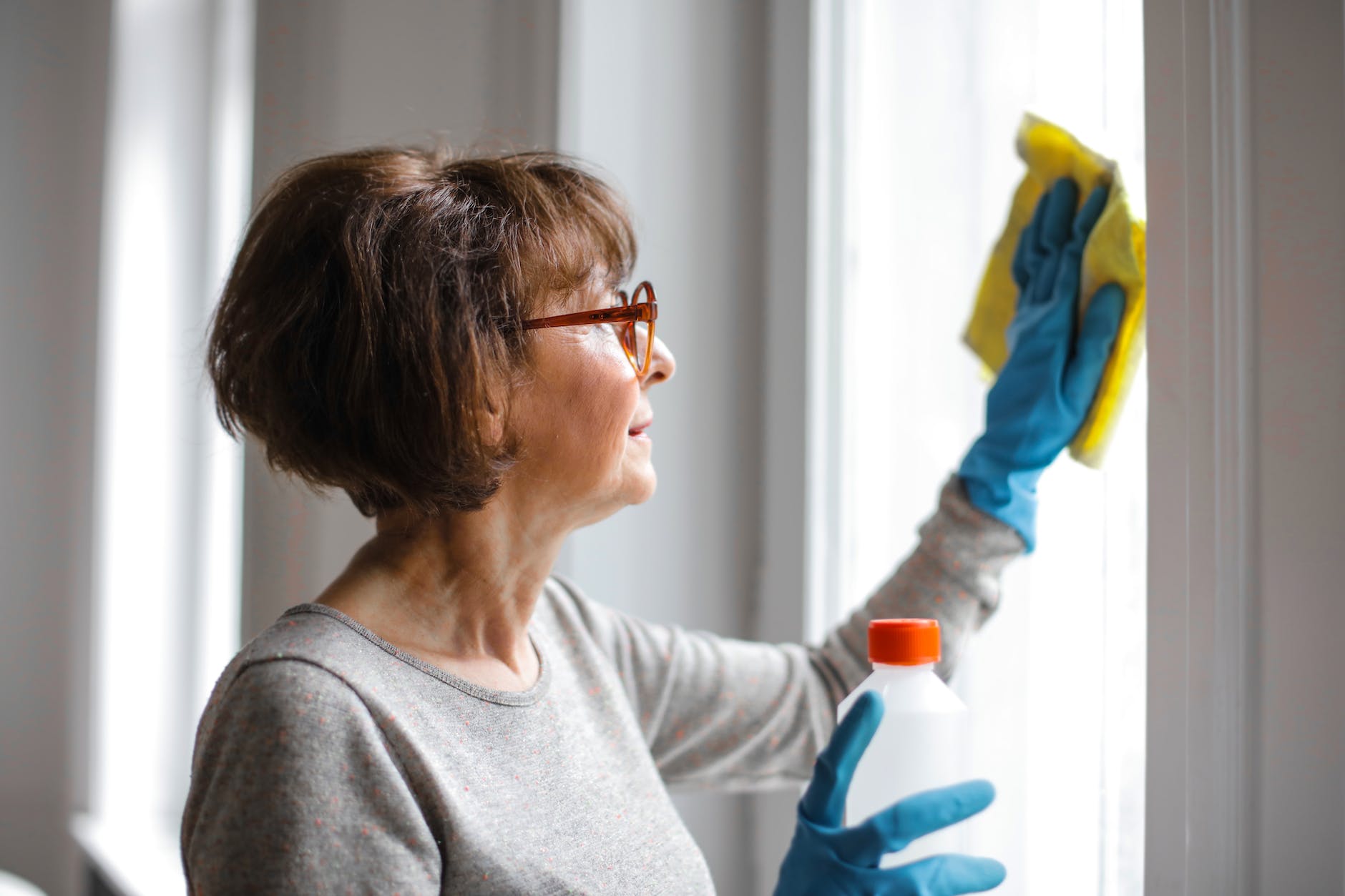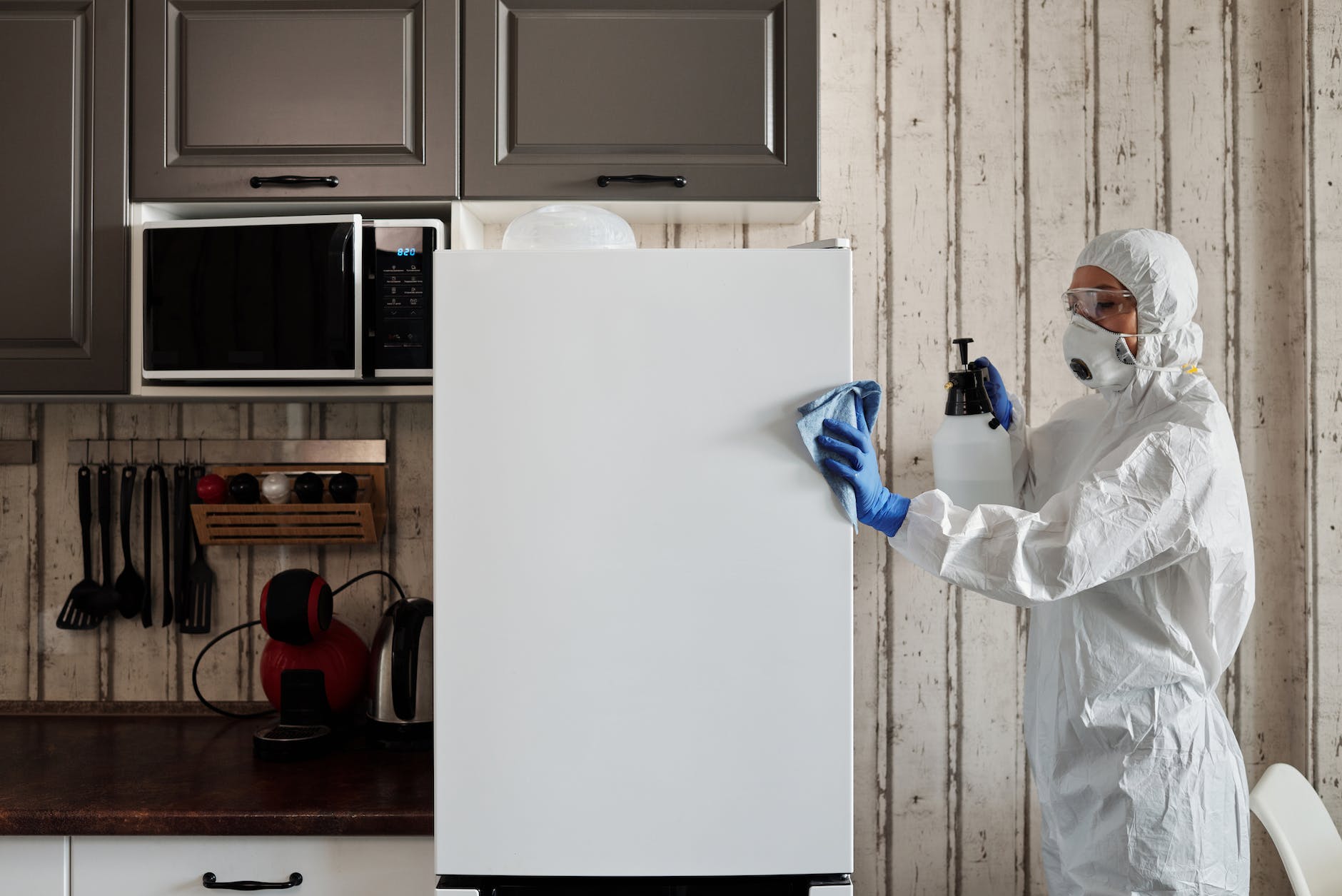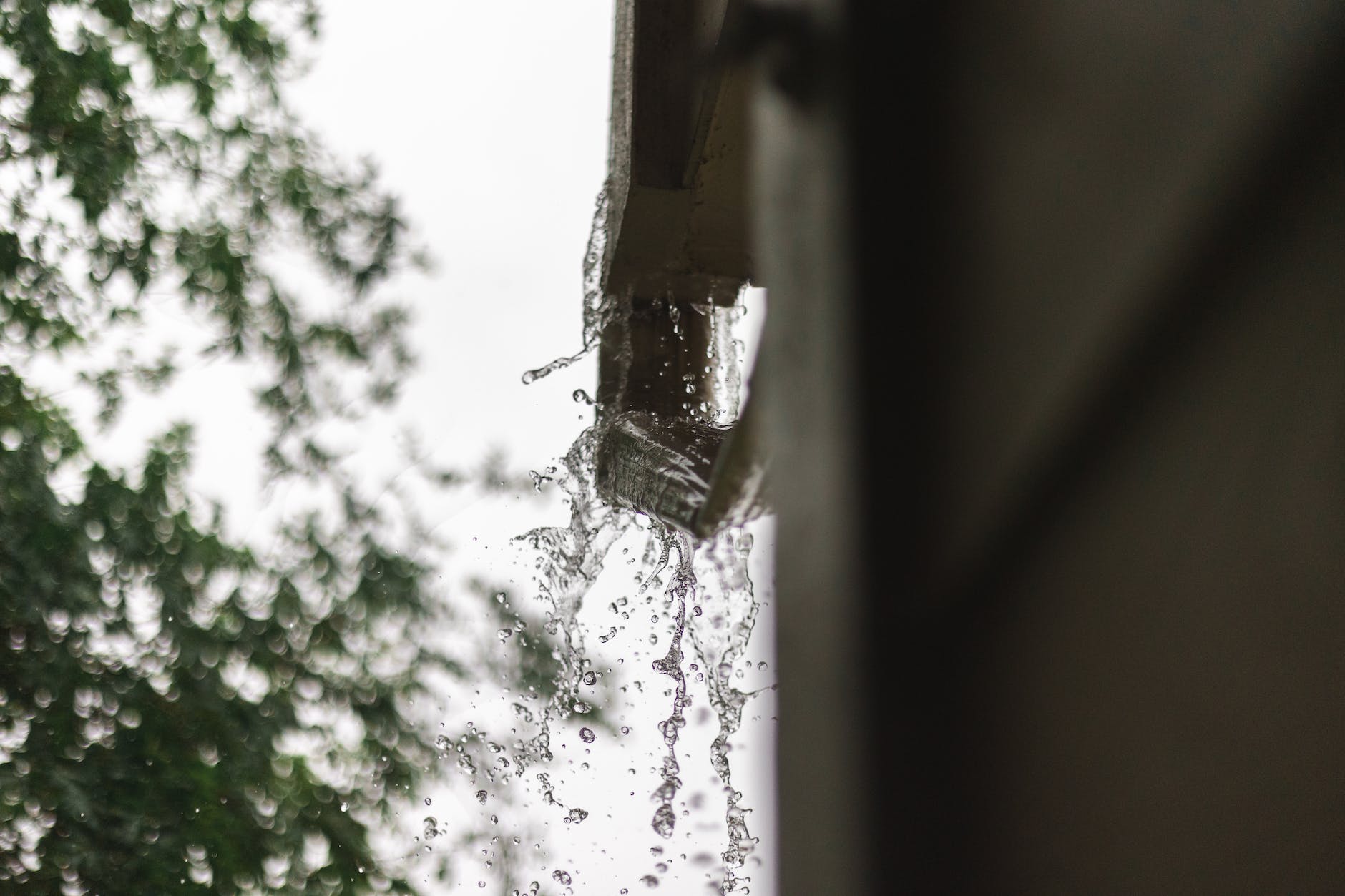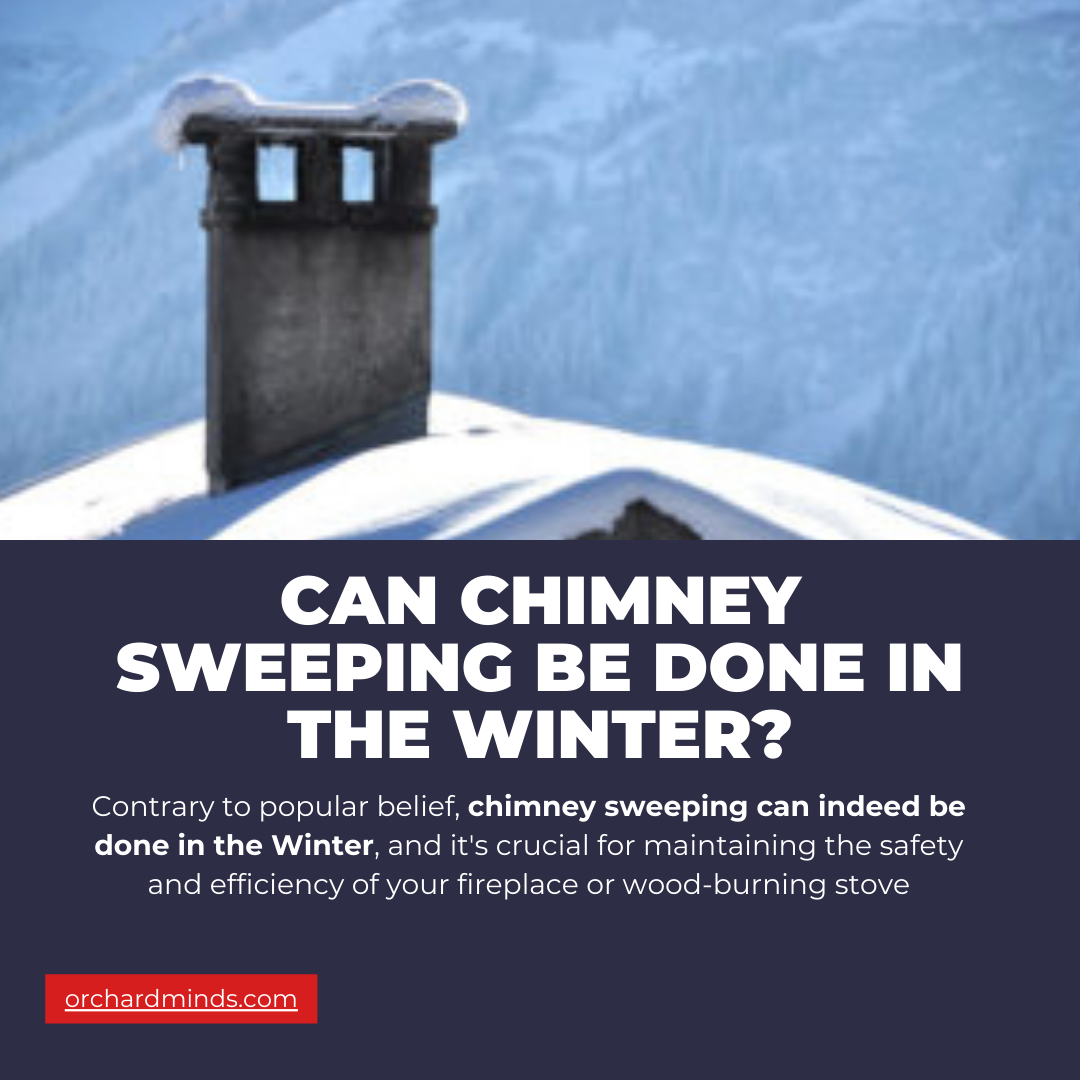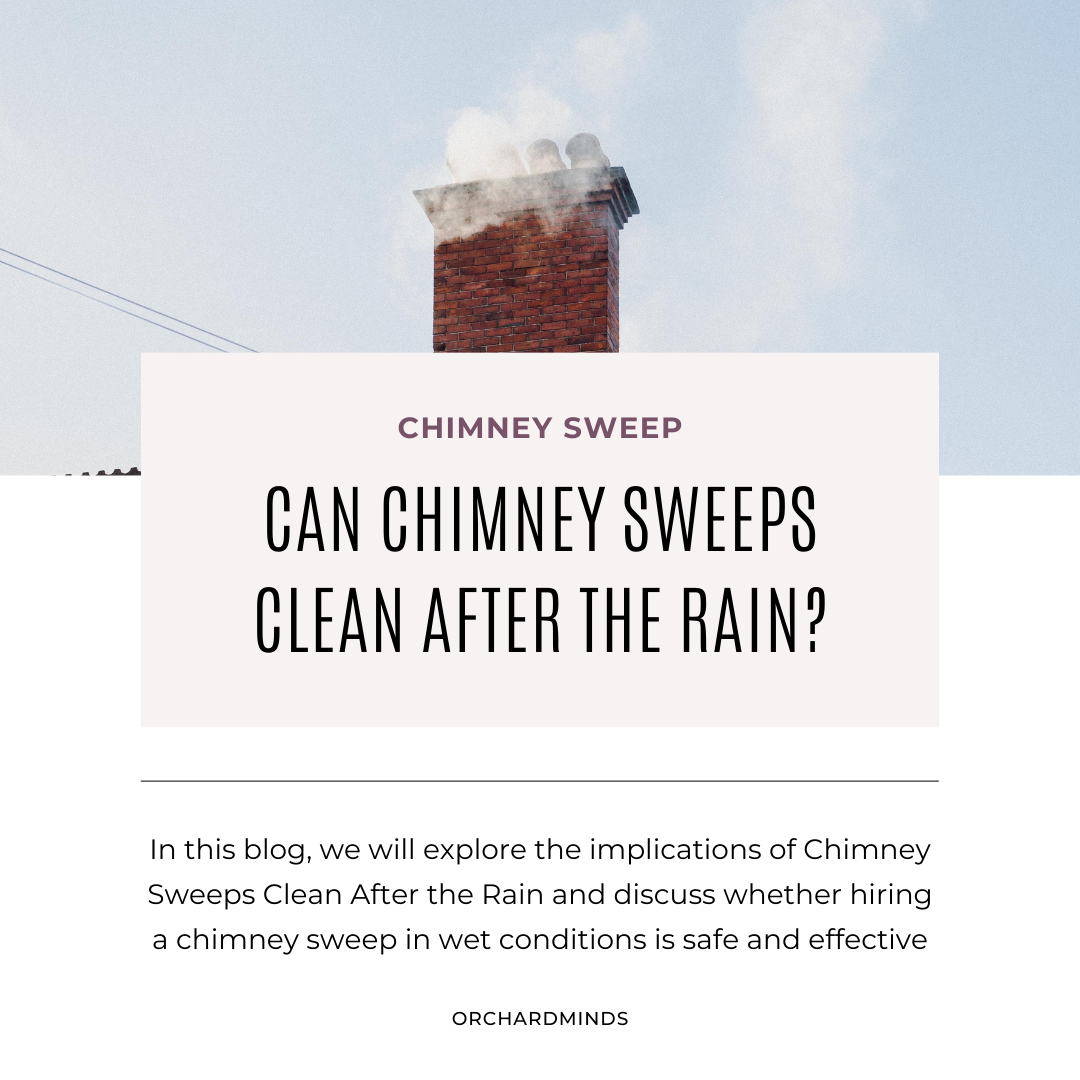Gas fireplace flue open or closed ? Gas fireplaces typically have a different venting system than traditional wood-burning fireplaces, and their flue operation varies. In most cases, gas fireplaces are designed with a direct vent or ventless system, eliminating the need for a traditional chimney flue. However, for those gas fireplaces that do have a flue, it is generally recommended to keep the flue open during operation.
This allows any combustion by-products, like carbon monoxide, to vent outside safely. Always refer to the manufacturer’s guidelines and instructions for your specific gas fireplace model to ensure safe and efficient operation. If in doubt or if you experience any issues, it’s advisable to consult with a professional technician or installer familiar with gas fireplace systems.
Do you open the flue for a gas fireplace?
For a gas fireplace, it is generally unnecessary to open the flue as gas fireplaces are designed to be used with the flue in the closed position. Unlike wood-burning fireplaces that require an open flue for proper ventilation, gas fireplaces operate with a direct vent or ventless system, allowing them to function safely with the flue closed. Always follow the manufacturer’s guidelines and instructions specific to your gas fireplace model to ensure safe and efficient operation.
How do I know if my fireplace flue is open or closed?
To determine if your fireplace flue is open or closed, you can visually inspect the damper. The damper is a metal plate or valve located inside the chimney near the throat of the fireplace. When the damper is open, it allows the exhaust gases to escape, and you can usually see daylight through the chimney. Conversely, when the damper is closed, it seals off the chimney, preventing air from entering or escaping. Some fireplaces may have a damper handle or control lever that indicates the open or closed position. Always check the manufacturer’s instructions for your specific fireplace model to ensure proper usage.
Do you get more heat with the damper open or closed?
When using a wood-burning fireplace, you generally get more heat with the damper open. An open damper allows for better airflow, facilitating efficient combustion and heat production. Closing the damper when the fireplace is not in use prevents warm indoor air from escaping up the chimney. However, it’s crucial to remember to open the damper before lighting a fire to ensure proper ventilation and prevent smoke from entering the living space. For gas fireplaces, the damper is typically closed during operation, as these units are designed to operate with controlled ventilation systems that do not require the damper to be open for safety and efficiency.
Do you push or pull to open the flue?
To open the flue in a traditional fireplace, you typically pull the handle or lever towards you. This action usually lifts the damper or opens a door, allowing the passage of air and smoke. The specific design may vary, but the common convention is to pull towards you to open the flue and push away to close it. It’s important to follow the manufacturer’s instructions or any markings on the flue handle for proper operation.
Do I need to open the flue on the gas fireplace?
Yes, it is essential to open the flue on a gas fireplace before lighting it. While gas fireplaces do not produce the same amount of creosote as wood-burning ones, they still release combustion by-products, including carbon monoxide. Opening the flue ensures proper ventilation, allowing these by-products to exit the home safely. Always refer to the manufacturer’s guidelines and safety recommendations for your specific gas fireplace model.
Does the vent need to be open for a gas fireplace?
Yes, the vent should be open for a gas fireplace to operate safely and efficiently. Gas fireplaces require proper ventilation to expel combustion by-products, such as carbon monoxide and other gases. The venting system may consist of a flue or direct vent, depending on the fireplace type. Always follow the manufacturer’s instructions regarding venting and ensure that the venting system is in good condition to prevent any potential health and safety risks associated with inadequate ventilation.
How do I know if my gas fireplace flue is open or closed?
Determining whether your gas fireplace flue is open or closed can vary depending on the type of fireplace you have. Many gas fireplaces have a lever, handle, or control mechanism that indicates the position of the flue. Check your fireplace user manual for specific instructions. If there is a lever, moving it to a vertical position usually indicates an open flue. In contrast, a horizontal position typically means the flue is closed. Additionally, some fireplaces may have visual indicators or labels to show the flue status.
What happens if you don’t open the flue?
If you don’t open the flue before using your gas fireplace, it can lead to various issues. The flue is essential for proper ventilation, allowing the by-products of combustion, such as carbon monoxide, to exit the home safely. If the flue is closed, these gases can accumulate inside, posing a serious health risk. Additionally, a closed flue can lead to poor combustion, incomplete burning of gas, and the production of soot and other potentially harmful substances. It’s crucial always to ensure the flue is open before operating your gas fireplace.
Which way do you open a flue?
To open a flue, you typically move the control mechanism, lever, or handle to a position that allows for proper ventilation. This can vary based on the specific design of your gas fireplace. In many cases, moving the control mechanism to a vertical position indicates an open flue. In contrast, a horizontal position signifies a closed flue. Always refer to your fireplace’s user manual for precise instructions on how to operate the flue, and make sure it is open before lighting the fireplace to ensure safe and efficient operation.
How do I know if my flue is open or closed?
To determine whether your fireplace flue is open or closed, you can visually inspect the damper. The damper is a metal plate or valve within the flue that controls the airflow. If the damper is in the fully open position, allowing for unobstructed airflow, the flue is open. Conversely, if the damper is closed, it restricts airflow, indicating that the flue is closed. Additionally, some fireplaces have visual indicators or handles that clearly show the damper’s position.
What position is open on a fireplace flue?
On most fireplaces, the open position for the flue is when the damper is fully lifted or pulled back. This allows for maximum airflow, facilitating proper combustion and efficient use of the fireplace. When the damper is in the open position, it provides an unobstructed pathway for smoke and gases to exit through the chimney, promoting optimal ventilation during a fire.
Does opening the damper increase heat?
Yes, opening the damper in a fireplace can increase heat efficiency. When the damper is open, it allows a greater amount of air to flow through the chimney, creating a strong draft that helps fuel the combustion process. This increased airflow results in a hotter and more efficient fire, generating more heat for the room. However, it’s essential to strike a balance, as leaving the damper fully open when the fireplace is not in use can lead to heat loss. Closing the damper when the fireplace is not in use helps prevent warm indoor air from escaping through the chimney.
Does a fire burn hotter with the damper open or closed?
A fire burns hotter with the damper open. The damper regulates the airflow in the chimney, allowing oxygen to enter and facilitating combustion. When open, the damper provides a steady supply of air to the fire, promoting efficient burning and higher temperatures. Closing the damper restricts the airflow, potentially causing the fire to smoulder and reducing its overall heat output.
What happens if you don’t open the flue on a gas fireplace
If you don’t open the flue on a gas fireplace, combustion by-products like carbon monoxide may accumulate inside your home. The flue serves as an exhaust route for these gases, directing them safely outside. Without proper ventilation, the accumulation of harmful gases poses serious health risks. Always ensure the flue is open before operating a gas fireplace to maintain a safe indoor environment.
Vent-free gas fireplace flue open or closed
Vent-free gas fireplaces are designed to operate without a chimney or flue. As a result, there is no need to open or close a flue for vent-free gas fireplaces. These units are equipped with sensors to monitor oxygen levels and combustion by-products, providing a safe and efficient heating solution. However, it’s crucial to follow the manufacturer’s guidelines for proper installation and operation to ensure safety and indoor air quality.
Can I run my gas fireplace with the flue closed
No, it would help if you never ran a gas fireplace with the flue closed. Gas fireplaces produce combustion by-products, including carbon monoxide, which need to be safely vented outside. Operating the fireplace with the flue closed can lead to the accumulation of these gases inside your home, posing severe health risks. Always ensure the flue is open before using a gas fireplace, and follow the manufacturer’s recommendations for safe operation. Regular maintenance and inspections are essential to ensure the proper functioning of gas fireplaces and their ventilation systems.
